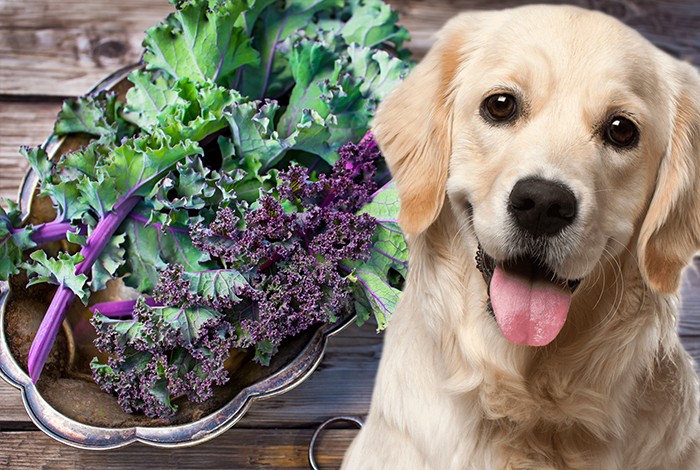Can dogs eat kale? Yes and no. A superfood and a nutrient powerhouse, kale promotes optimal wellness in dogs by fighting off canine illnesses such as vision impairment, obesity, and cancer.
While this leafy green veggie does supply many nutrients for overall health, it also has its downsides. So let’s weigh its advantages and disadvantages and find out whether kale is safe for dogs.
How Is Kale Beneficial for Dogs’ Health?
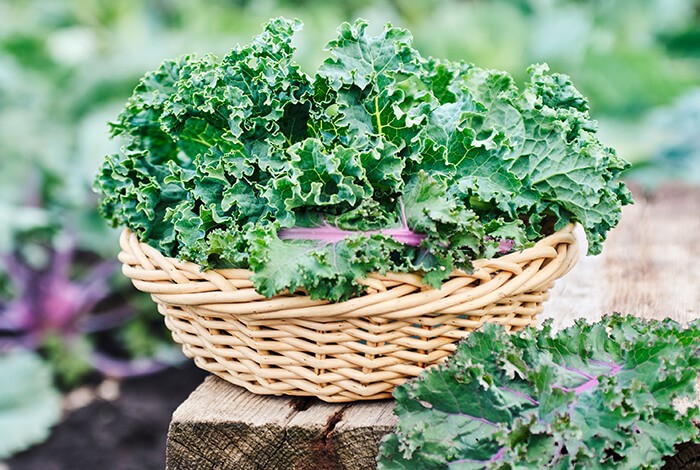 Kale is a good source of antioxidants, which protect cells from harmful environmental pathogens and chemicals. It effectively keeps many dog diseases at bay, including arthritis, diabetes, and cancer.
Kale is a good source of antioxidants, which protect cells from harmful environmental pathogens and chemicals. It effectively keeps many dog diseases at bay, including arthritis, diabetes, and cancer.
Antioxidants have a detoxifying effect on their bodies as well. These substances filter the bloodstream for any harmful toxins and flush them out. Kale is also abundant in indole-3-carbinol, which has cancer-fighting properties.
Loads of beta-carotene and lutein are in kale too. Both are essential in maintaining excellent eye health. They shield your dog’s retina from oxidative damage and hinder eyesight deterioration, especially in senior dogs.
Kale is packed with digestive fiber, which supports healthy metabolism and improves digestion. It also promotes weight loss in overweight and obese dogs. Fiber has a positive impact on maintaining a well-functioning cardiovascular system.
Kale contains a wide variety of vitamins and minerals as well. It contains vitamin A, C, K, calcium, copper, iron, magnesium, and potassium. These nutrients provide tons of health benefits for our furry pals, including bone and muscle growth and development and proper blood clotting.
The Risks of Feeding Kale to Dogs
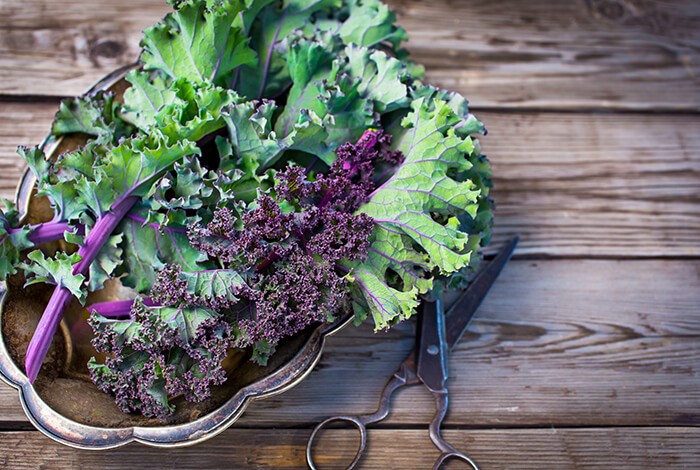 Now that we know kale’s incredible health benefits for dogs, it is time to venture into its less admirable characteristics. Kale can be detrimental to their health if pet owners go overboard feeding it to their dogs.
Now that we know kale’s incredible health benefits for dogs, it is time to venture into its less admirable characteristics. Kale can be detrimental to their health if pet owners go overboard feeding it to their dogs.
Allowing their four-legged friends to consume large amounts of kale can lead to unwanted side effects, such as:
Build-up of calcium oxalate
 Kale is high in calcium oxalate, a biomineral known to accelerate the formation of kidney and bladder stones. It is also found in other food, including Swiss chard, collards, parsley, leeks, quinoa, spinach, beetroots, beet greens, and okra.
Kale is high in calcium oxalate, a biomineral known to accelerate the formation of kidney and bladder stones. It is also found in other food, including Swiss chard, collards, parsley, leeks, quinoa, spinach, beetroots, beet greens, and okra.
Dogs prone to renal issues are better off without these vegetables in their diet. Consulting the vet is necessary before you add kale to your dog’s diet, especially if he has kidney or bladder stones.
Consuming excessive amounts of isothiocyanate
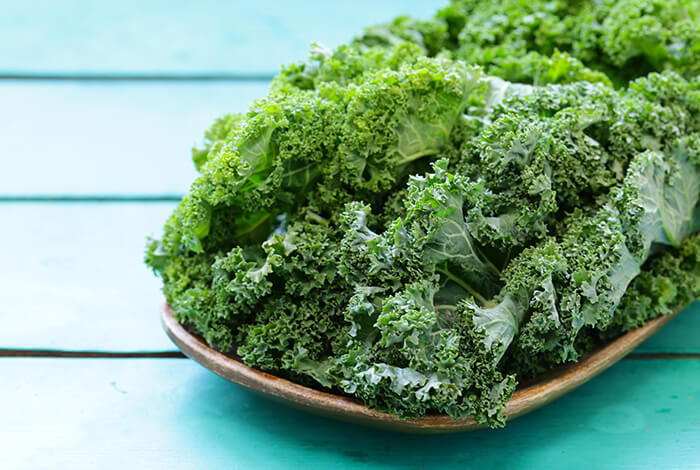 Studies show that isothiocyanates can reduce the risk of cancer in humans. But unfortunately, it has a bad side effect on our furry companions as it can cause gastric irritation such as diarrhea, flatulence, and upset stomach.
Studies show that isothiocyanates can reduce the risk of cancer in humans. But unfortunately, it has a bad side effect on our furry companions as it can cause gastric irritation such as diarrhea, flatulence, and upset stomach.
The severity of the condition may range from mild to acute. This usually occurs when kale is suddenly included in their diet or served in large amounts. For this reason, kale should be introduced gradually to your dog’s meal in small quantities.
Ingestion of thallium
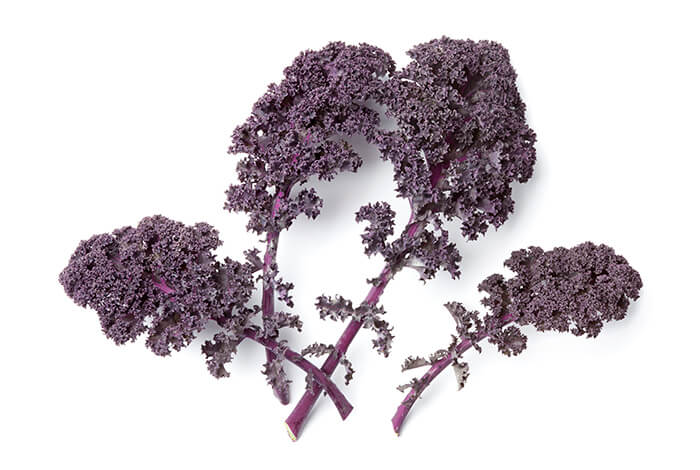 Thallium is a heavy metal and an environmental pollutant that can be toxic to dogs if ingested in large amounts. It is a by-product of smelting and coal burning and is usually found in soil. Cruciferous vegetables, including kale, are prone to absorbing high levels of thallium.
Thallium is a heavy metal and an environmental pollutant that can be toxic to dogs if ingested in large amounts. It is a by-product of smelting and coal burning and is usually found in soil. Cruciferous vegetables, including kale, are prone to absorbing high levels of thallium.
Choosing organic kale will help to avoid this problem. Organic farms’ soils are typically rich in the carbon-based matter. This compound plays a big role in hindering or stopping thallium contamination in plants. Non-organic kales are often grown in soils stripped of carbon; thus, they contain more thallium.
Impedes proper thyroid function
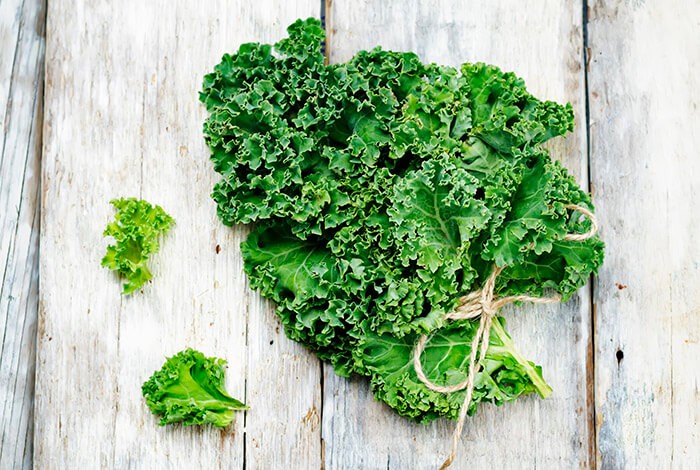 If you feed kale regularly, it can mess up thyroid function. Moreover, dogs with hypothyroidism may suffer medication side effects if they eat kale in large quantities daily.
If you feed kale regularly, it can mess up thyroid function. Moreover, dogs with hypothyroidism may suffer medication side effects if they eat kale in large quantities daily.
These health issues are caused by certain substances found in kale that isolate iodine from the body. Monitoring and setting limits on your dog’s kale consumption must be done meticulously, especially if he is on thyroid medication.
So, Is Kale Good or Bad for Dogs?
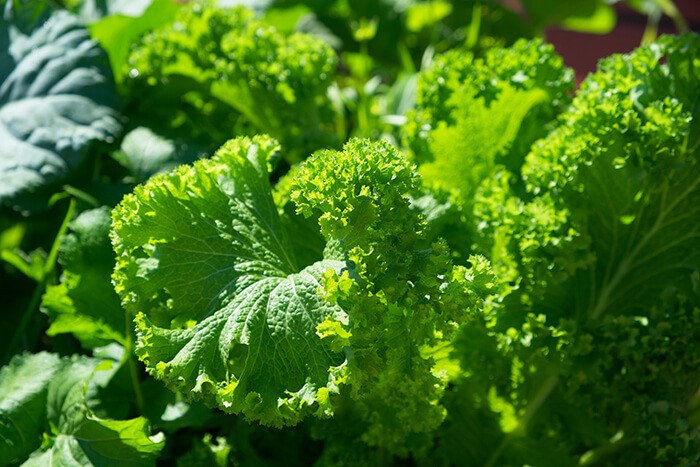 Kale could be a beneficial addition to our dogs’ diet if the veggie is served in moderation. But on the other hand, overfeeding will result in harmful health effects.
Kale could be a beneficial addition to our dogs’ diet if the veggie is served in moderation. But on the other hand, overfeeding will result in harmful health effects.
That’s why kale should not go beyond 10% of their daily intake. It can lead to serious consequences when it goes beyond 25% of their total food intake.
You should give no more than a couple of kale leaves to your dog once a week. Having said that, if your furry pal has an underlying medical condition, do not include kale in his diet unless you have acquired the veterinarian’s approval.
Keep in mind that our furry friends have sensitive digestive systems. As a result, they may not react well to abrupt dietary changes and new food. So, if your dog eats kale for the first time, be sure to serve it in smaller amounts.
If he shows any signs of gastric upset after eating the veggie, then keep it out of his diet. If he doesn’t exhibit upset stomach symptoms and other digestive problems, slightly increase the serving size after a few days. However, do not exceed the suggested serving limit to avoid loose stools and diarrhea.
Can Dogs Eat Raw Kale? Is Cooked Kale Better?
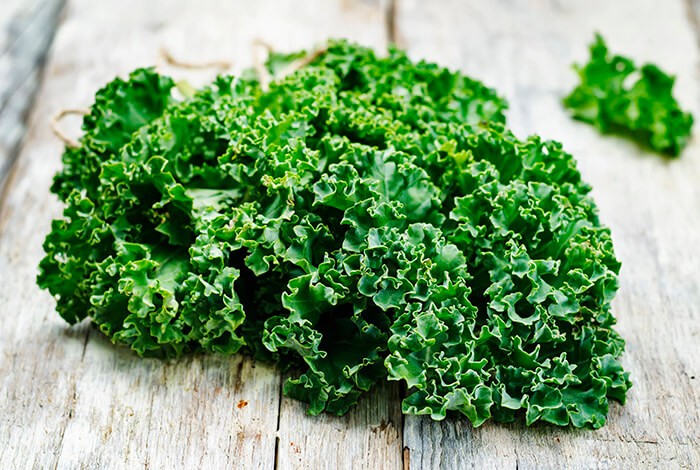 Pet owners are strongly advised against feeding raw kale to dogs. The veggie in its raw form contains potentially harmful natural compounds, including calcium oxalate and isothiocyanates. Eating raw kale will put your dog at a higher risk of kidney and bladder stone formation.
Pet owners are strongly advised against feeding raw kale to dogs. The veggie in its raw form contains potentially harmful natural compounds, including calcium oxalate and isothiocyanates. Eating raw kale will put your dog at a higher risk of kidney and bladder stone formation.
It can also cause mild to severe gastric irritation. A more severe side effect of raw kale on dogs is its ability to disrupt the thyroid system, affecting canines with hypothyroidism.
The best and safest way to serve kale to dogs is by lightly steaming it. Doing so will significantly reduce goitrogens and calcium oxalates. Do not boil the vegetable since this method will disintegrate the nutrients stored.
To prevent digestive problems from cropping up, be sure to serve the steamed kale without oil, spices, or seasoning.
You may also turn it into a puree using a blender and mix it with your dog’s food. This will make the steamed veggie easier to consume and more appetizing for him.
Before cooking the kale, be sure to wash it thoroughly to eliminate any residual pesticides.

